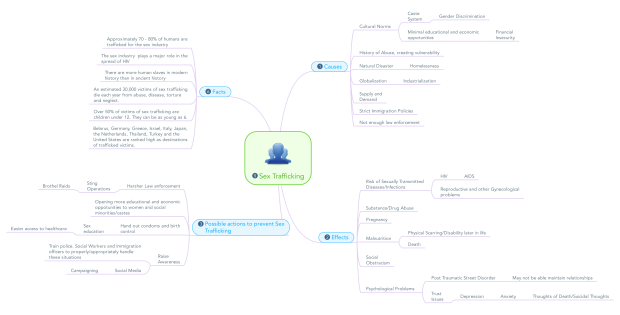
During the week I have researching about sex trafficking of women and children, the child sex tourism industry and its surrounding criminal underbelly. In the videos on youtube, documentaries and books, such as Slavery Inc by Lydia Cacho, I had found out some disturbing trends:
- The law enforcement and Government are hands in hand with traffickers and their industry, often looking the other way from their activities (whether that country had legalized prostitution or not) and some politicians, government officials, and police officers are clients in these brothels.
- Governments such as Turkey, cover up the issue of sex trafficking (along with drugs, arms, etc), and make such activities partially illegal to quiet western nations like the US. Cacho states that “despite an increasing number of trafficking cases involving women worldwide, the Turkish police have reported a decrease in the number of women trafficked to Turkey from Russia…How is it possible that in a few years the Turkish police force has been able to lower the incidence of women trafficked from these countries by 50 percent? Why are there no statistics on domestic trafficking?” (Cacho, 14 – 15).
If the case of government and law enforcement being involved in such illicit activities are true, that would make the roles of NGO’s and social workers jobs to eradicate sex trafficking much harder. What can we do as 21st century citizens to raise awareness for this problem? Social media is a huge thing and there are so many social media posts on facebook, twitter, and youtube that raise awareness on these women’s and children’s plight. But why is no one taking notice? Is it because they think it is not their problem, a problem they cannot see? Are governments that are big on censorship making sure these crimes are buried? In my mind map above, I have listed possible solutions to alleviate the problem of sex trafficking; it may not eradicate the problem overnight but a little bit of help counts to someone out there.
Resources:
Cacho, Lydia, and Elizabeth Boburg. Slavery Inc.: The Untold Story of International Sex Trafficking. London: Portobello, 2012. Print.